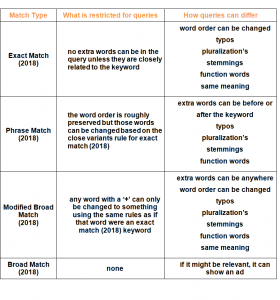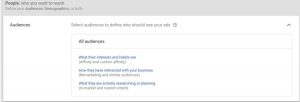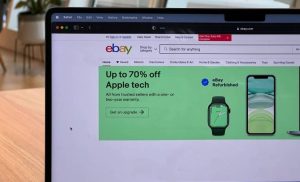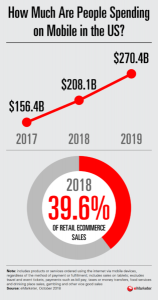
A data table is an arrangement of information using rows and columns, a bit like an excel spreadsheet. They are used to structure and present detailed information on a specific subject, making it easier to create segments and target customers through dynamic content in your email marketing campaigns.
It’s important to remember that customer profile databases and data tables are two different things, although they can both hold information relating to your subscribers and can be used to personalize your emails.
Data table vs. Customer Profile Database
A customer profile database focuses on collecting information relating to the individual subscriber, such as first name, surname, gender, location and shopping preferences. The subscriber is the unique identifier, so each person would only appear once in your customer profile database.
Data tables are used to store any type of data. This could be data relating to your subscribers or data relating to business activity. The difference between customer profile databases and data tables is that a subscriber can appear more than once in a data table.
Data tables can be used to store in-depth information on activities that your subscribers are involved in, such as past purchases and bookings where your recipient has made more than one, allowing you to see volume and trends. They can also be used to store information on products, which you could upsell within your email campaigns.
Data table Example: Travel Retailer
Let’s assume you are a travel retailer and want to make better use of your data to create highly personalized email marketing campaigns. You could use information from your customer profile database to tailor emails, but this only allows you to store information about one booking per subscriber.
It would therefore make sense to store booking information within a data table, so you can access all data relating to that one subscriber and their booking history. With a data table you can filter by subscriber to view all bookings placed historically and send emails to show them holidays that you think would be of interest.
In addition to this, you could have a second data table containing information about your current holiday offers, which can be used as dynamic content to display recommendations within your email campaign.
Digital & Social Articles on Business 2 Community(77)
Report Post






